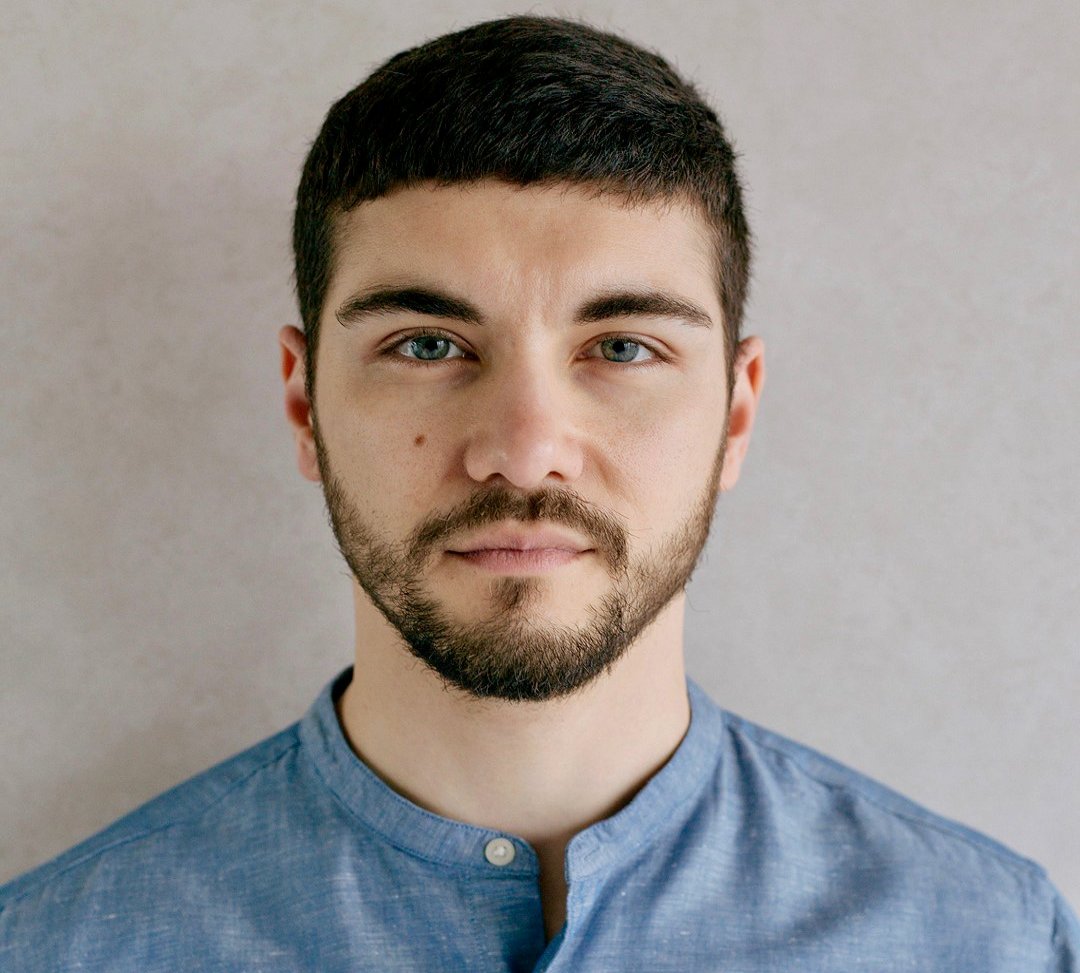ART, WHATEVER IT TAKES
Since the early pandemic in 2020, Rome Art Program has conducted a series of interviews, “Art, Whatever It Takes.”
Artists, Art Critics, and Art Historians living in Italy, the U.S., and U.K., share their insights during these powerful times.

Interview with Francesco Dama
Francesco Dama was born in Biella (Piedmont) in 1988.
He gained his BA and MA in Art History from the University of Florence and from Sapienza University of Rome.
He regularly writes on contemporary art and culture for several print and online publications. Francesco started his career as a gallerist in London before joining Galleria Lorcan O’Neill Rome in 2017.
RomeArtProgram: When and how was the Gallery founded?
Francesco Dama: Galleria Lorcan O’Neill opened in Rome in 2003, and represents established international and Italian artists, as well as a number of emerging talents. The gallery’s principal space is housed in a large 17th Century building in the center of Rome; a secondary exhibition space will open this Spring in Venice. The gallery is committed to presenting exhibitions in Rome and Venice by Italian and international artists of all generations, shows that otherwise might not be seen. We represent a number of artists with strong international careers – including Martin Creed, Tracey Emin, Anselm Kiefer, Kiki Smith, and Rachel Whiteread – many of whom exhibited in Italy for the first time in our space. Vital to our programme are also Italian artists with whom we’ve made exhibitions: Enrico Castellani, Francesco Clemente, Giorgio Griffa, Luigi Ontani, and Emilio Prini. Betty Woodman, an American artist who had a lifelong connection to Italy, made her final exhibition in our gallery in 2017. We exhibit and support a younger generation of artists for whom the gallery has played a role in establishing their international careers: Celia Hempton, Eddie Peake, Gianni Politi, Prem Sahib and Pietro Ruffo, who’s been included in the upcoming edition of the Venice Biennale.
RAP: What is your definition of “art” today?
Francesco: I’ll answer by asking you another question: What is your definition of “Love”? Art, like Love, is almost impossible to define.
RAP: Art is dynamic and regenerates itself… how does it change, and how did it change us?
Francesco: It changes continuously, reflecting the present and very often anticipating the future.
RAP: Art as a mirror of man, in this moment of emergency seems to be shattered… shadow or light of the moment?
Francesco: Artists respond to what’s happening around us, sometimes in ways that aren’t immediate. It’s usually helpful to put some distance between the artworks and the events that originated them. This is why we speak about “Feminist Art in the 1970s” or “Postmodernism” with a certain degree of familiarity, while having an objective understanding of recent art it’s not so straightforward.
RAP: What role does art play today? Are there “great figures” who have recently changed it?
Francesco: Art reflects the complexities of society. Because of this, it can be appreciated by multiple points of view: for its aesthetic values, for its political content, for its commercial value, and so on. There have always been “great figures” in art and there will always be.
RAP: How have the new technologies & media changed art today, improving or worsening it?…”Figurative” or “Abstract”?
Francesco: I can’t express a judgment in terms of quality. The fate of technology is to constantly advance. Art, as much as it’s affected by technology, follows a different path. Oppositions such as “Figurative vs Abstract art” can sound over-simplistic, although it’s true that the past years have seen a comeback of representative art. This is partly due to market dynamics, of course, but it also responds to the creative need of artists. For instance, our next exhibition, a group show opening on 5 April 2024, is bringing to Rome new works by three figurative artists: Celia Hempton, Wardell Milan, and Paul Mpagi Sepuya, on the theme of “Fragmented Bodies”.
RAP: Understanding, interpreting, and then possibly judging the work of art; which is the right path when we are in front of a piece of art?
Francesco: Look at the artwork, get close to it, keep looking, take two steps back, keep looking, take a break, go back looking at it.
RAP: Which is the real role of Academies and Art schools today? What can artists learn from these institutions today?
Francesco: I never went to art school myself –I come from a more academic background- but I hear mixed feelings about them. Of course, the very concept of an art school is debatable, because it stems from the assumption that art can be taught. That aside, art schools should provide a protected environment in which young artists should feel free to experiment.
RAP: How do Art Galleries and Museums position themselves today, and, in your opinion, how should they?
Francesco: I’ll tell you about art galleries, as our scopes and goals don’t always align with those of museums. We are in constant contact with the artists they show, we facilitate the production of artworks, we promote them, we create multiple connections among the many different figures involved. There’s a dynamism, a particular kind of energy –and sometimes, some risks- in this, which I enjoy. Then, of course, we are open to the public, for free. I’ve seen many visitors coming back multiple times to our current exhibition of new paintings by Anselm Kiefer, and that’s always a good sign.
RAP: …will Art save us?
Francesco: Yes! Art can save us – one at a time.
@gallerialorcanoneill
@francescodamazini
